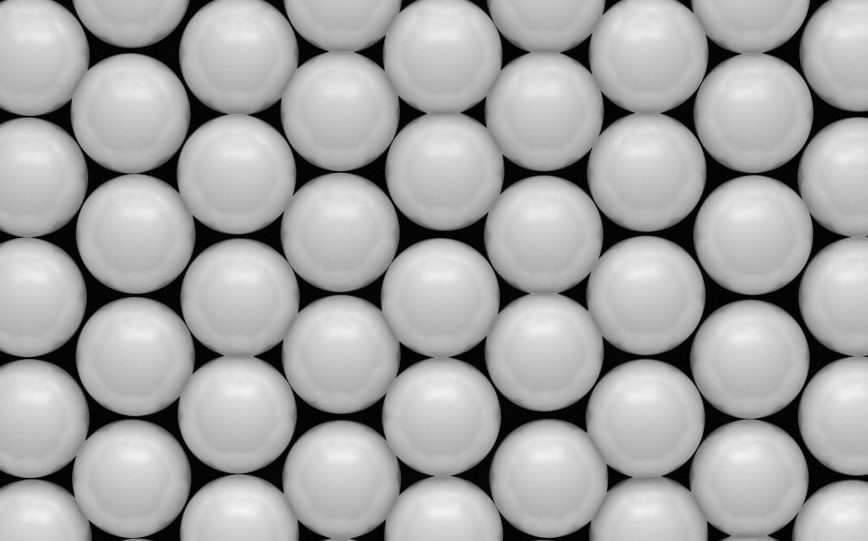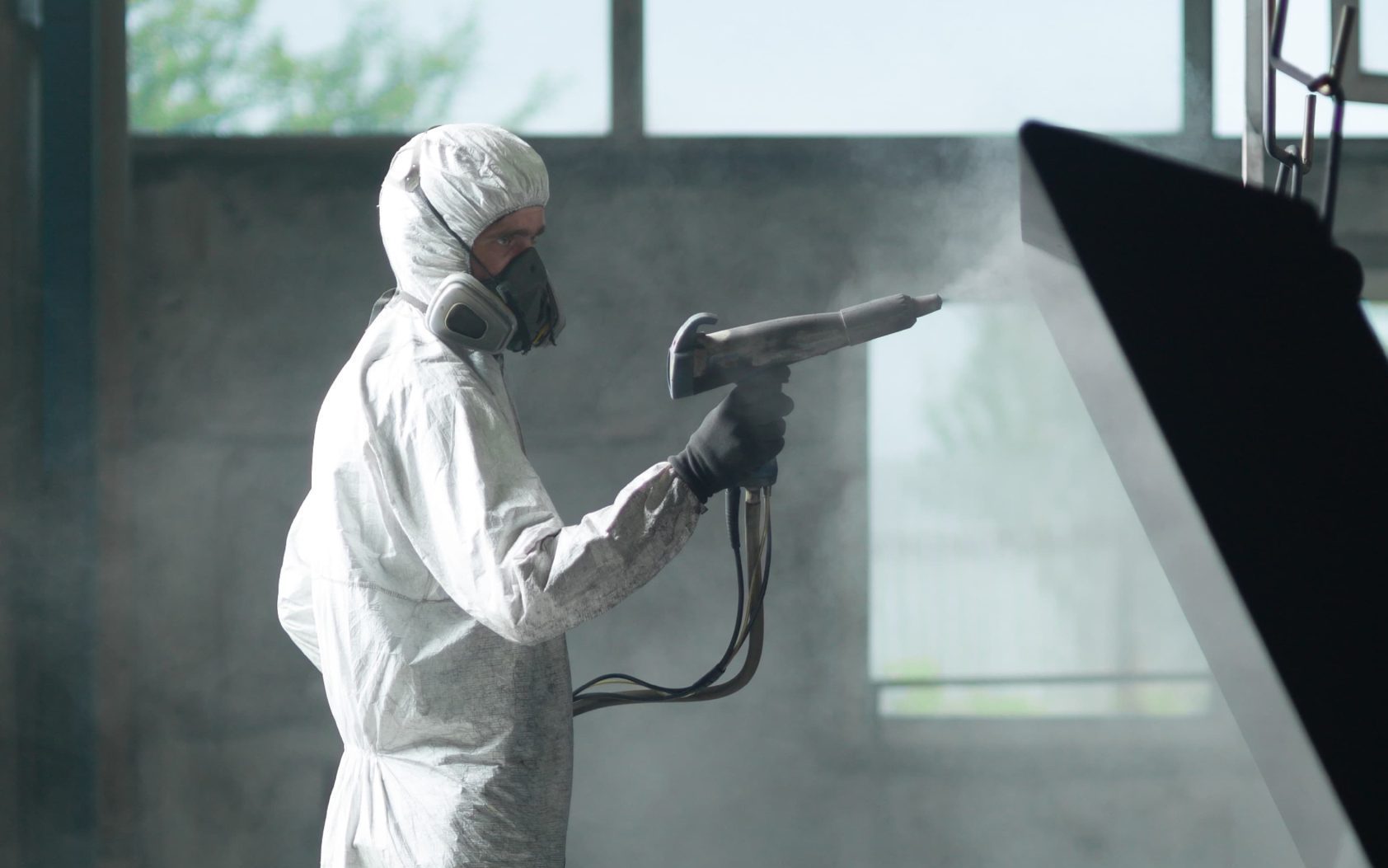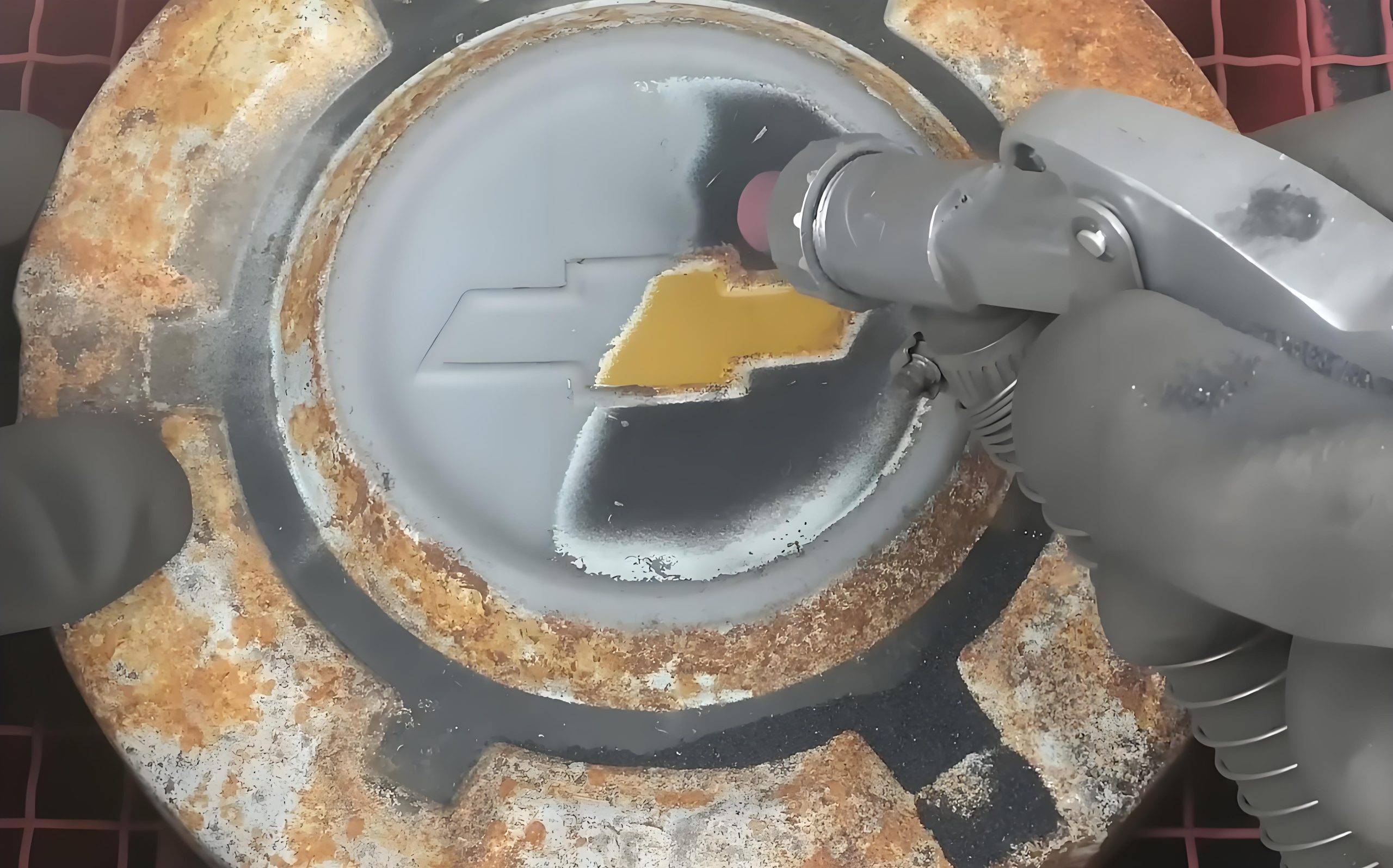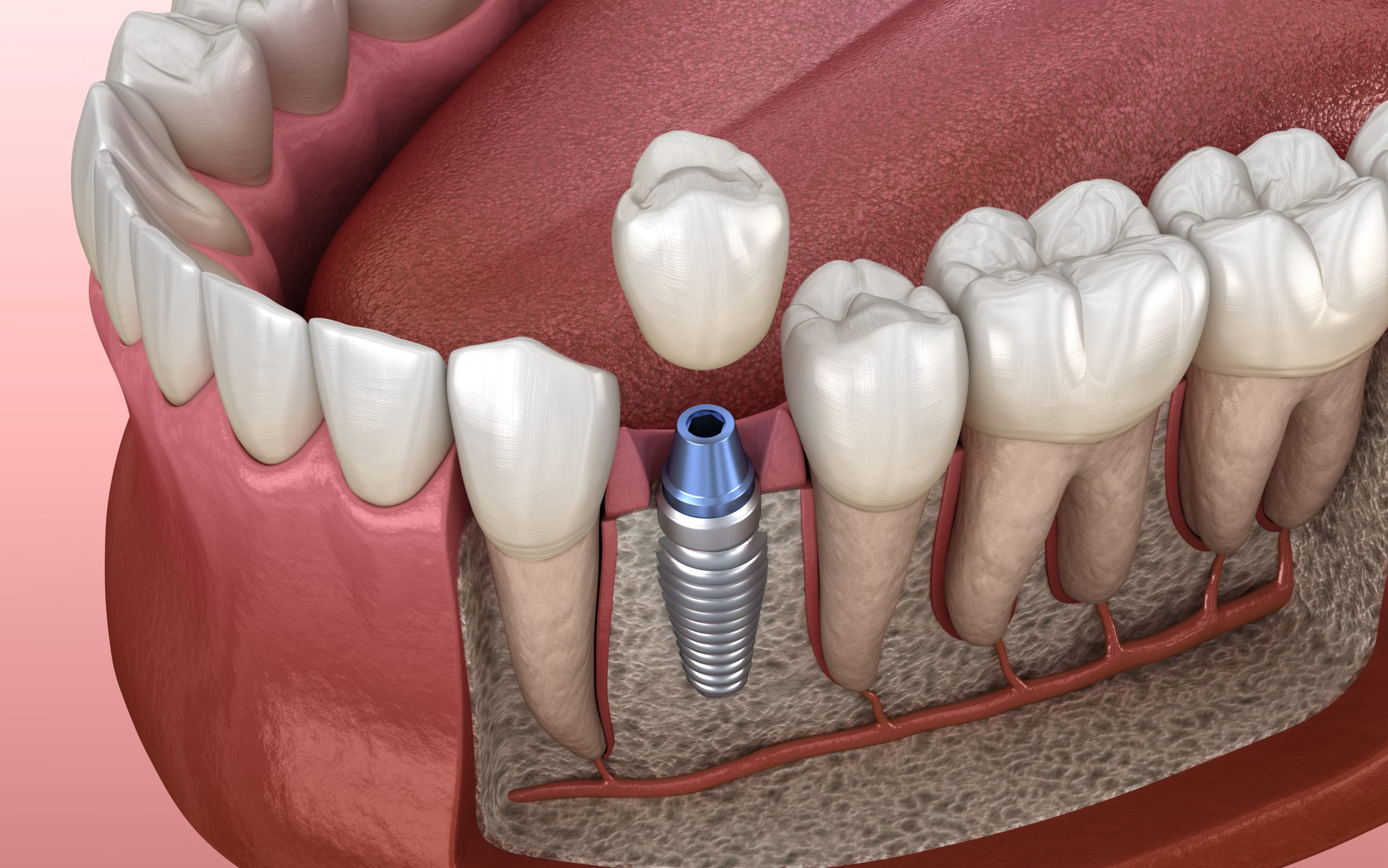What Impurities Need to be Removed to Produce High-Purity Alumina?
July 30, 2024

- High Hardness: High-purity alumina has high hardness, which can effectively remove oxide layers, rust, and other impurities from the surface of the workpiece without breaking easily, thereby extending the lifespan of the medium.
- High Wear Resistance: Due to its excellent wear resistance, high-purity alumina can maintain stable performance during sandblasting and shot peening processes, reducing wear and replacement frequency, thereby lowering costs.
- Chemical Stability: High-purity alumina is chemically stable and does not easily react with the workpiece being treated, ensuring the quality and consistency of the workpiece surface.
- High-Temperature Performance: High-purity alumina can withstand high temperatures, making it suitable for sandblasting and shot peening operations in high-temperature environments, avoiding decomposition or deterioration of the medium under high temperatures.
-
Reduced Hardness and Wear Resistance: Alumina with insufficient purity has lower hardness and wear resistance, making it more prone to breaking or wearing out during use, thus reducing the lifespan of the medium and increasing replacement frequency and costs.
-
Impacts on Treatment Effect: Low-purity alumina may contain impurities that can contaminate the workpiece surface during sandblasting or shot peening, affecting the treatment effect. This can result in uneven treatment marks or residues on the workpiece surface, impacting the final product's quality and appearance.
-
Chemical Reactions: Low-purity alumina may contain active chemical substances that can react with the workpiece during sandblasting or shot peening, causing corrosion or deterioration of the workpiece surface, thus affecting its performance and lifespan.
-
Poor Thermal Stability: Low-purity alumina is less stable at high temperatures, which may lead to decomposition or deterioration, affecting the stability and effectiveness of the sandblasting and shot peening process. In high-temperature operations, this can cause the medium to fail quickly.
-
Increased Dust and Pollution: Low-purity alumina is more likely to produce dust and debris during use, increasing the difficulty of cleaning and maintenance and potentially posing health hazards to operators and causing environmental pollution.
Therefore, using high-purity alumina media is crucial to ensure the effectiveness of the sandblasting and shot peening process and the quality of the workpiece.
The main methods for preparing high-purity alumina include the hydrolysis of aluminum alkoxide, thermal decomposition of ammonium aluminum sulfate, and thermal decomposition of ammonium aluminum carbonate. Currently, research on impurity removal for high-purity alumina focuses primarily on purifying the raw materials involved in these methods.
Iron Impurities
Silicon Impurities
Silicon impurities are relatively inert and difficult to remove. When using the aluminum alkoxide hydrolysis method, silicon is one of the many impurities in isopropyl alcohol aluminum, and can be removed using a method that involves adding a lanthanum oxide additive during vacuum distillation. In this process, lanthanum oxide reacts with silicon to form a high-boiling substance, which remains in the reaction vessel after distilling the isopropyl alcohol aluminum, thereby purifying the isopropyl alcohol aluminum. This method is energy-efficient, simple to operate, and has a short reaction time compared to general extraction and crystallization methods.
Calcium Impurities
Sodium Impurities
Filters














